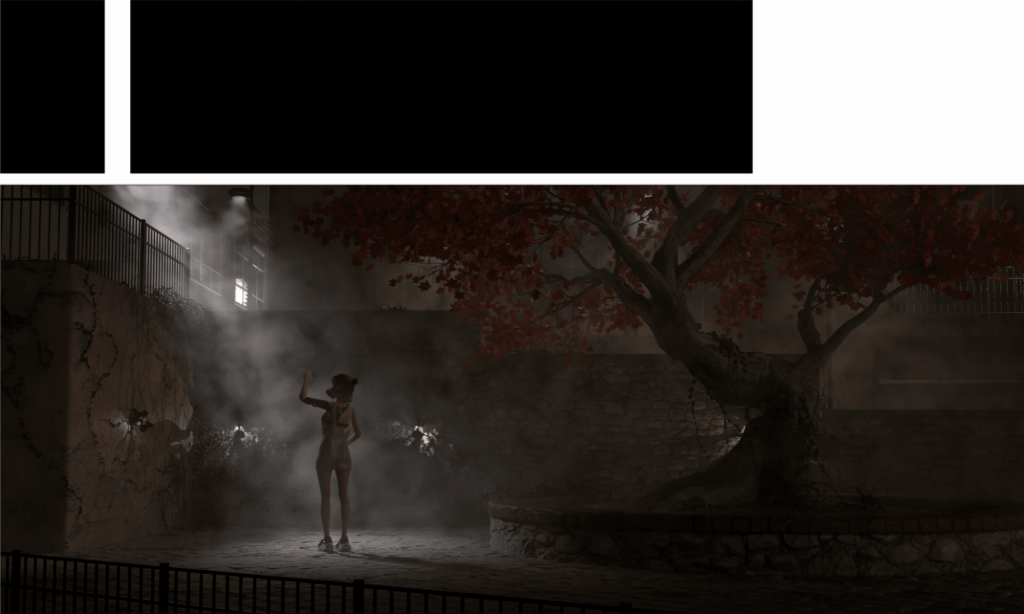
This term I am going to produce some small scenes with a high degree of finish. In the first scene is that a disabled girl gradually disappears and becomes birds to fly away. I don’t find a similar scene on the web, however, it is like some particle disappear fx. For the Animation part, I have recorded a video by myself which is only around 3 seconds. I have rebuilt and fixed my old model about the girl like below:



I built a new hair for the girl and then



I fixed some problems with the displacement textures in PS and repainted textures with makeup.


I continued to improve more detail in the scene including some tubes, and wood windows. The most difficult part is lighting, I want to make the room lighter and don’t want to make windows too light. The balance is hard to control because I want to show too much detail and at the same time I also want to keep space.

So now, I am going to make textures for clothes and rig it again. In week 2, I will also finish the animation of the girl and birds.
